Issue:
March 2024
A visit to the scene of a 1921 terrorist attack that shook Japan
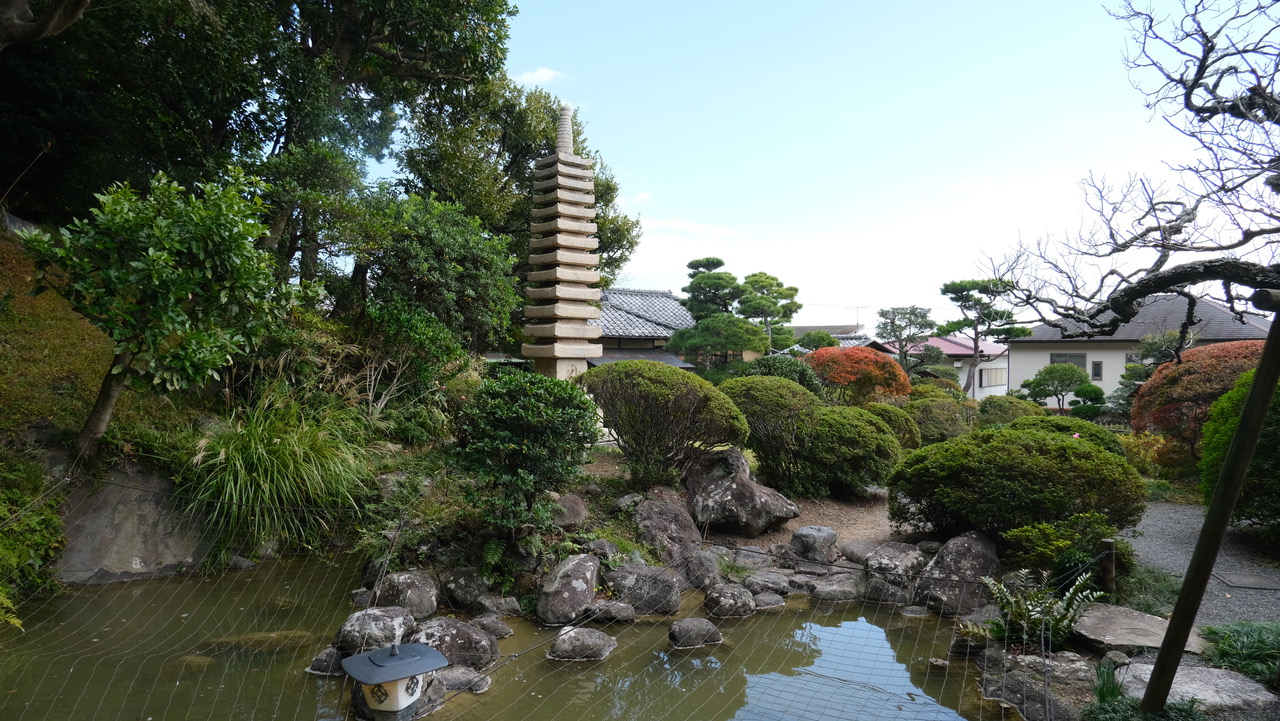
The coastal town of Oiso, Kanagawa Prefecture (population approx. 30,000), a popular seasonal resort, is home to several well-preserved villas formerly occupied by famous politicians and oligarchs.
One such place is Juraku-an, the residence of Meiji-era banker and philanthropist Zenjiro Yasuda (1838-1921). Now managed by a foundation, it consists of immaculately maintained grounds, a spacious residence, a storehouse, and a karahafu-style gate with a gracefully curving roof. At various locations on the grounds are statues of Yasuda, whose enterprises at the time of his death in 1921 included 20 banks, four insurance companies and 15 other firms.
It was here that on 28 September, 1921, the 83-year-old Yasuda was stabbed to death in an act of terrorism that shocked the nation.
Only a few weeks later, Prime Minister Takashi Hara, while entering Tokyo station, was cut down in a similar manner by a 19-year-old railway worker. The two acts marked the start of a short-lived period of populist terrorism, until supplanted a decade later by radical militarists.
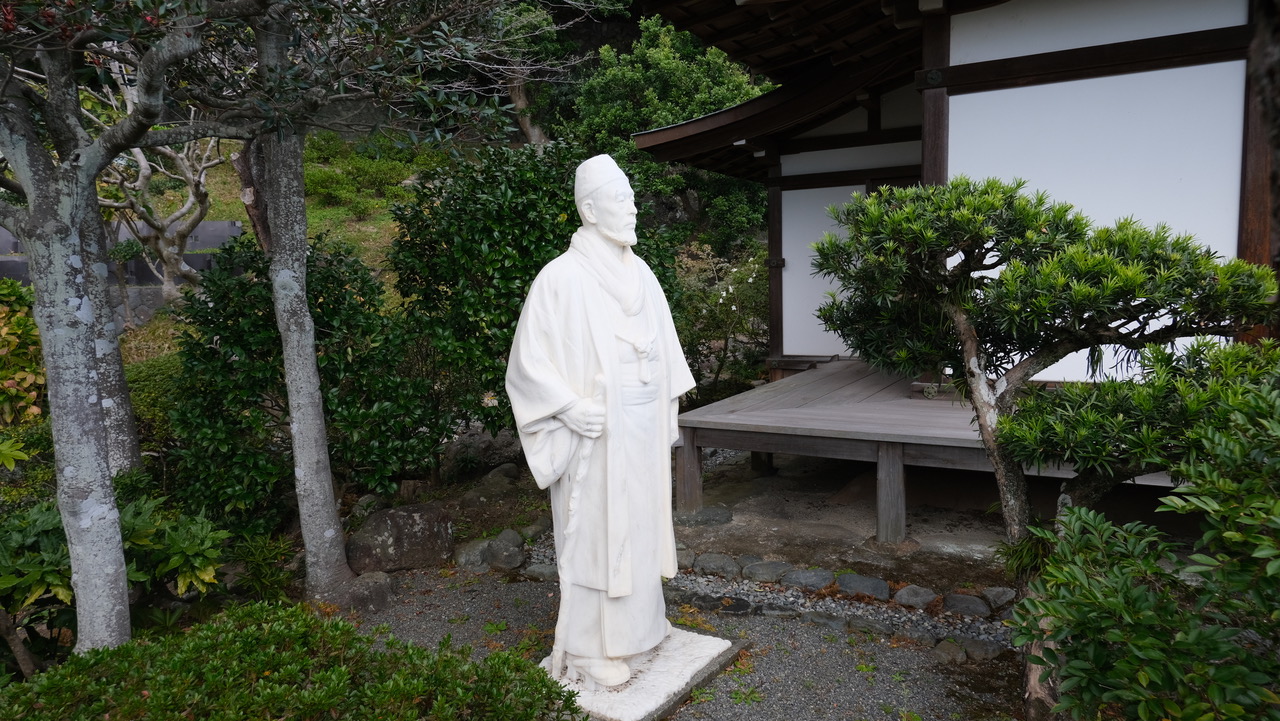
Zenjiro Yasuda achieved his great success through brains and effort rather than through privilege. Born into a poor samurai family in Toyama, Etchu Province, on November 25, 1838, he sold vegetables and performed other menial jobs in his youth. From age 17 he moved to Edo (present-day Tokyo), where he worked for three years for a toy wholesaler. Afterwards he was employed by Hirota-ya, a shop in Tokyo's Nihombashi district that sold seaweed and changed money on the side. Yasuda proved particularly adept at the latter, and at age 27 went independent, at first changing money on a street corner. Within four months he had acquired enough capital to rent an office and start up Yasuda-ya.
From 1869 the new Meiji government began slapping fines on those who refused to accept its new paper currency, which was being traded at a 72% discount. Taking a calculated risk, Yasuda bought up the discounted banknotes and as confidence in them returned, resold them at a considerable profit. By 1880 he had founded the Yasuda Bank, forerunner of the Fuji Bank, which became today's Mizuho Financial Group.
Yasuda is remembered for his numerous acts of philanthropy, including the Yasuda Auditorium on the campus of the University of Tokyo and the Hibiya Public Hall – landmarks still standing today.
Following retirement, Yasuda wrote in his memoires that he had made his fortune by strictly observing the principle of limitations.
"When I started out," he wrote, "I resolved never to spend more than 80% of my income, and I have held fast to this rule ever since. Even today, I continue to set aside the remaining 20% as savings or contingency funds. But since I live a very regular life, the 80% is sufficient for my needs and I have never had to draw on these contingency reserves. Not only did I observe this rule of 80% in my own life, I also insisted on this principle of limitations in my public works as well.
"It is easy to be frugal when you are poor, but much more difficult when you are rich. Yet it is no less important that the rich also live within their means."
At the time of his death, Yasuda's fortune was estimated at between ¥200 and ¥500 million (¥80 billion to ¥240 billion in today's money).
Accounts vary about the circumstances of his murder. Some say his assassin, Heigo Asahi (1890-1921), attacked after Yasuda declined to contribute to a charity that Asahi claimed to represent. From Asahi's written manifesto, however, it is almost certain that he had intended to kill Yasuda from the beginning.
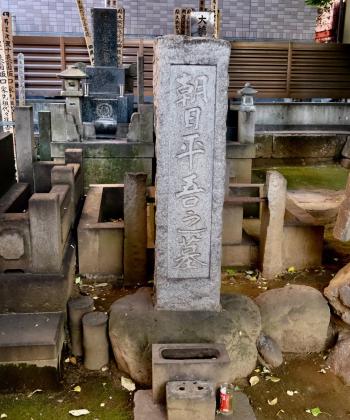
Asahi, a native of Saga Prefecture, was a decorated veteran of the Japanese Imperial Army, where he had served as a medic in China during World War I. After his discharge he spent several years roaming Manchuria and Korea but was not able to hold down a steady job.
Following the WW1 armistice, rice riots broke out in various parts of Japan. Demonstrations were held calling for universal suffrage and the abolition of the security police as the movement known as Taisho Democracy began picked up momentum. At that time, antipathy toward wealthy property owners was at its peak and Asahi was one of those who was infuriated by social inequality.
Asahi had written: "Some of our countrymen are suffering from tuberculosis because of overwork, filth, and undernourishment. Others, bereaved, become streetwalkers in order to feed their beloved children. And those who were once hailed as defenders of the country are now reduced to begging simply because they were disabled in the wars … Moreover, some of our countrymen suffer hardships in prison because they committed minor crimes under the pressure of starvation, while high offcials who commit major crimes escape punishment because they can manipulate the laws ...
"The former feudal lords, who were responsible for the deaths of our forebears by putting them in the line of fire, are now nobility and enjoy a life of indolence and debauchery. Men who became generals by sacrificing our brothers' lives in battle are arrogantly preaching loyalty and patriotism as though they had achieved victory all by themselves. These new nobles are our enemies because they drew a pool of our blood, and the former lords and nobles are also our foes as they took our ancestors' lives."
Asahi's solution was a call to violent revolution. In his manifesto he wrote: "Finally … to my colleagues ... I hope that you will live my principles. Do not speak, do not get excited, and do not be conspicuous. You must be quiet and simply stab, stick, cut, and shoot. There is no need to meet or to organize. Just sacrifice your life … In this way you will pave the way the revolution."
Asahi had embarked on a project to build a hotel for indigent laborers, which he decided would be his last project. He first called on industrialist Eiichi Shibusawa's office and requested a donation. When they refused, he threatened to commit seppuku ritual suicide on the spot. Unnerved by his behavior, the office handed Asahi ¥100 and sent him on his way.
On September 27, 1921, Asahi appeared at the gate of Yasuda's villa in Oiso, pretending to be Rikie Kazama, a lawyer with whom he was acquainted. He requested a meeting with Yasuda to discuss the construction of the hotel but was turned away.
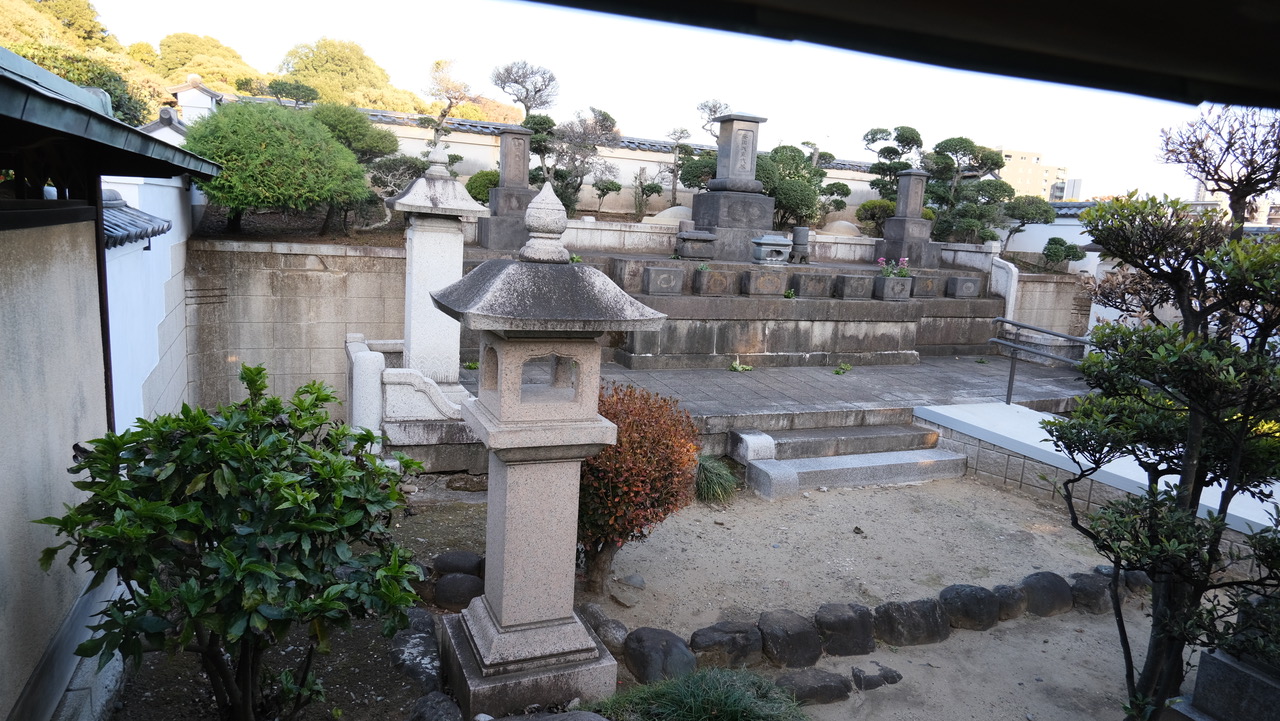
The following day, September 28, after several hours of persistent pacing outside the gate, Asahi was ushered into a 12-mat parlor where Yasuda was seated on a wicker chair on the porch, reading a newspaper. A maid brought tea and sponge cake. Asahi handed Zenjiro his plan for the establishment of the Workers' Hotel, and appealed to Yasuda for a donation.
According to one account, "Just as Zenjiro was about to take out some bills from his wallet and send him on his way, Asahi turned into a fearsome figure and attacked, brandishing a yoroi doshi dagger about 24 cm in length. Yasuda shouted out desperately for the caretaker and attempted to flee, but Asahi stabbed him in the back of his neck, and he collapsed on the ground.
While the housekeeper frantically summoned police, Asahi returned to the parlor and committed suicide by slashing his own throat with a razor.
Asahi had carried a statement of purpose and a suicide note. The former read: "The corrupt and wealthy merchant Yasuda Zenjiro has amassed a huge fortune, but he failed to fulfill his responsibilities as a wealthy man. He has ignored the society of the nation, and has long been a target of public resentment for his greed, low-mindedness, and stinginess. I have tried to warn him of his obstinacy with words of compassion and mercy, but he never repented."
Yasuda's widow erected a small gorinto (five-ring pagoda), whose sections represent earth, water, fire, wind, and heaven, on the spot beside the garden pond where he expired.
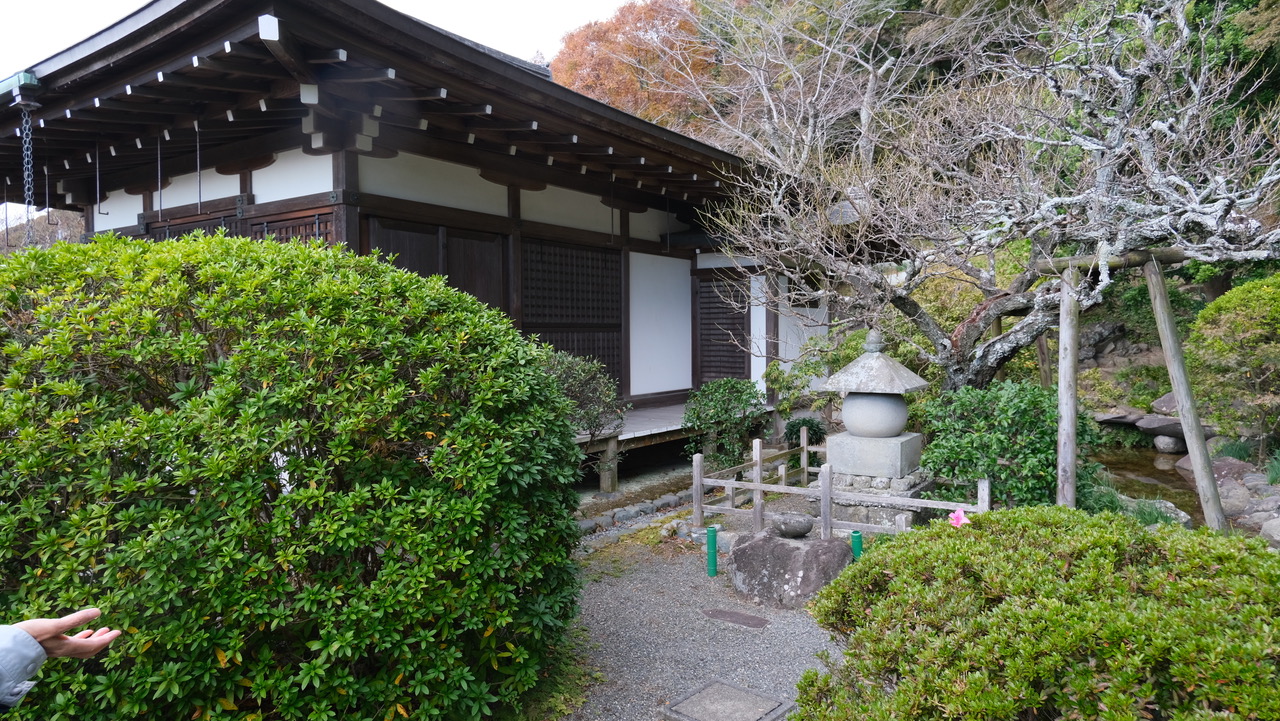
Yasuda and his killer both repose in Tokyo's Bunkyo Ward, situated approximately 500 meters apart, in the cemeteries of the Gokoku-ji and Saishin-ji temples.
In 2009, author Takeshi Nakajima published a 206-page biography of Asahi under the title Asahi Heigo no Ukkutsu (The Depression of Heigo Asahi, Chikuma Shobo).
Asahi's name appeared in the media in 2022, shortly after the assassination of former prime minister Shinzo Abe. Writing in Shukan Shincho (July 28, 2022), Nihon University professor Akinaka Senzaki pointed out several parallels between Asahi and Abe's killer Tetsuya Yamagami. Both men deeply resented a parent, the father in Asahi's case and the mother in the case of Yamagami. Both harbored a mixture of admiration and hostility toward important figures. Both had served in the military, and following their discharge both flitted from job to job, despite their considerable abilities. And in neither case did the acts of terrorism align neatly with the killers' own political beliefs.
Senzaki voiced the fear that today's society may be losing its resilience and risks "once again becoming a breeding ground for such types of secondary violent acts".
One of Yasuda's best-known descendants is the artist and singer Yoko Ono. An interesting anecdote ties the fate of her great-grandfather to that of her husband, John Lennon. The story goes that during a visit to Japan, Lennon was shown Yasuda's photograph for the first time, upon which he remarked, "That's me in a former life." To which Ono hastily responded, "Don't say that – he was assassinated." Lennon was shot dead in New York City in 1980.
Mark Schreiber lives in Tokyo. He would like to acknowledge the cooperation and assistance of the Oiso-cho Tourist Association, Yasuda Fudosan and Oiso resident Mr. Yoji Hirano during his visit.

